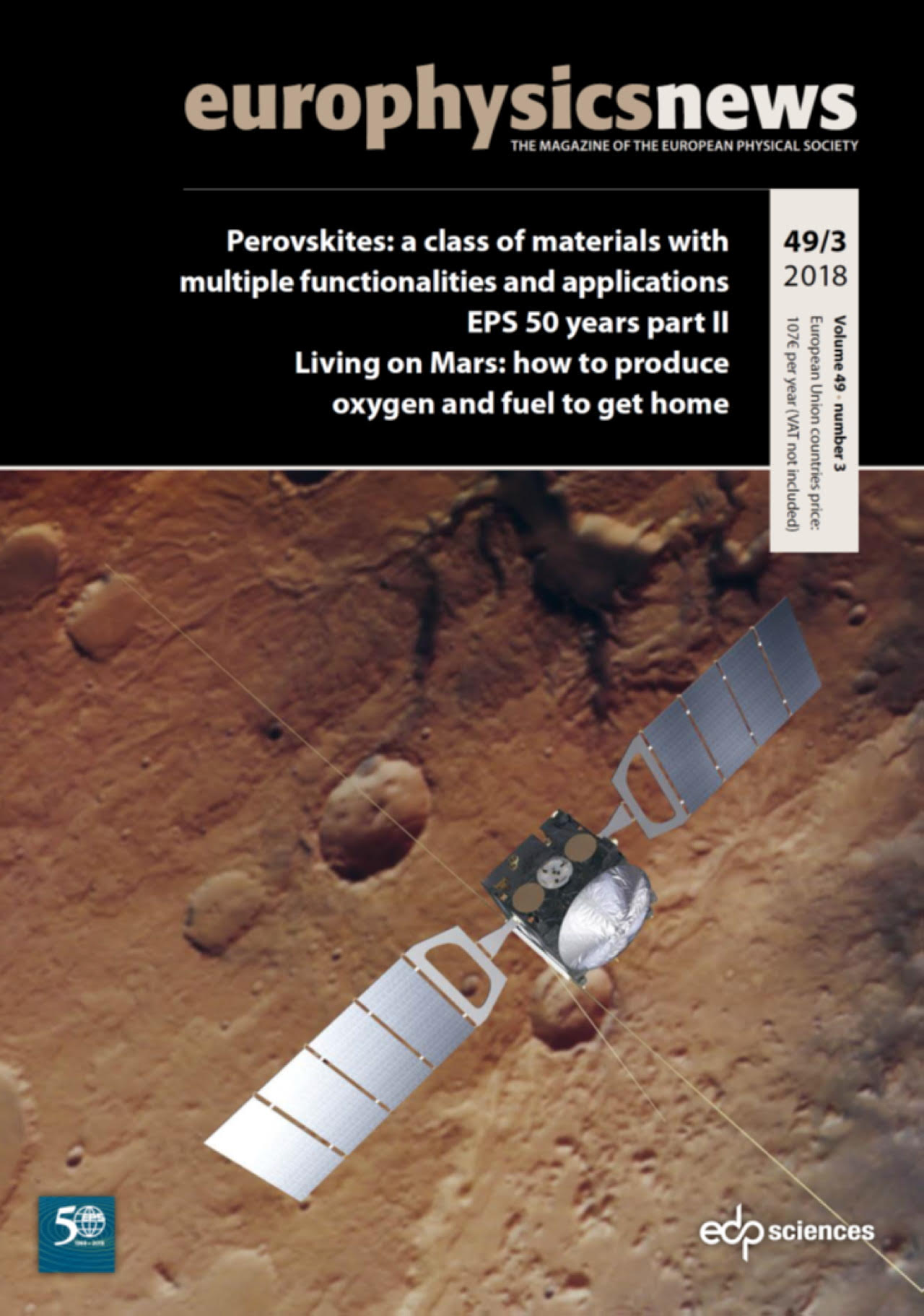Living on Mars: how to produce oxygen and fuel to get home
Space exploration is on the verge of an exciting new era, with Mars on the agenda. Sending a manned mission to Mars is one of the next major steps in space exploration. Ambitious programmes on Mars exploration, Mars Sample Return missions and the prospect of future manned missions have been recently presented by the main space agencies.In this context, the in-situ resource utilisation (ISRU) is extremely important for reducing the logistics and costs of the mission, increasing self-sufficiency and reducing the risks to the crew, avoiding the harnessing and transport of resources from Earth. In particular, the challenge of the ISRU creation of a breathable environment in Mars is being considered.
The main component of the Martian atmosphere is carbon dioxide (CO2), and this raw material can be used to locally produce oxygen, which can be collected and made available for breathing. The process relies on the decomposition of CO2, which can be achieved by using plasma technology.
This technology takes advantage of the non-equilibrium nature and energy efficiency of low-temperature plasmas and employs optimal conditions to selectively use the electron energy to drive the chemistry towards the desired products, O2 and CO. High-energy electrons (with energies of 7 eV or more) can break the CO2 molecule upon direct impact, and low-energy electrons (up to 1 eV) can promote the 'up-pump' of vibrational quanta, stimulating molecular vibration with large amplitudes and leading to dissociation.
The proof-of-concept of this technology was obtained by simulations made at the N-PRIME team of IPFN and are supported by experiments made at LPP (Laboratoire de Physique des Plasmas, Ecole Polytechnique, Palaiseau, France) and TU/e (Technische Universiteit Eindhoven, The Netherlands) in pulsed DC plasmas.
The announcement of this disruptive concept is on the cover of the latest issue of the Europhysics News magazine (volume 49, number 3, 2018), and is described in more detail in the feature article by V. Guerra, T. Silva and O. Guaitella.

